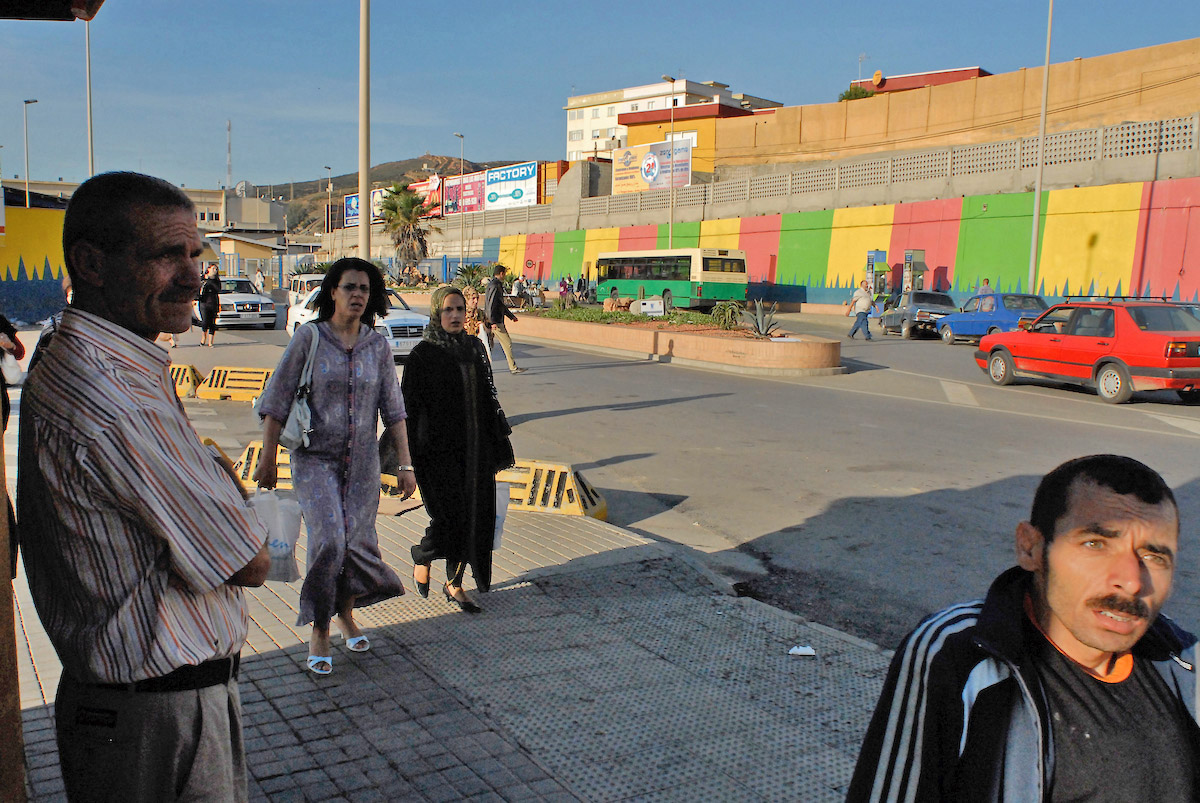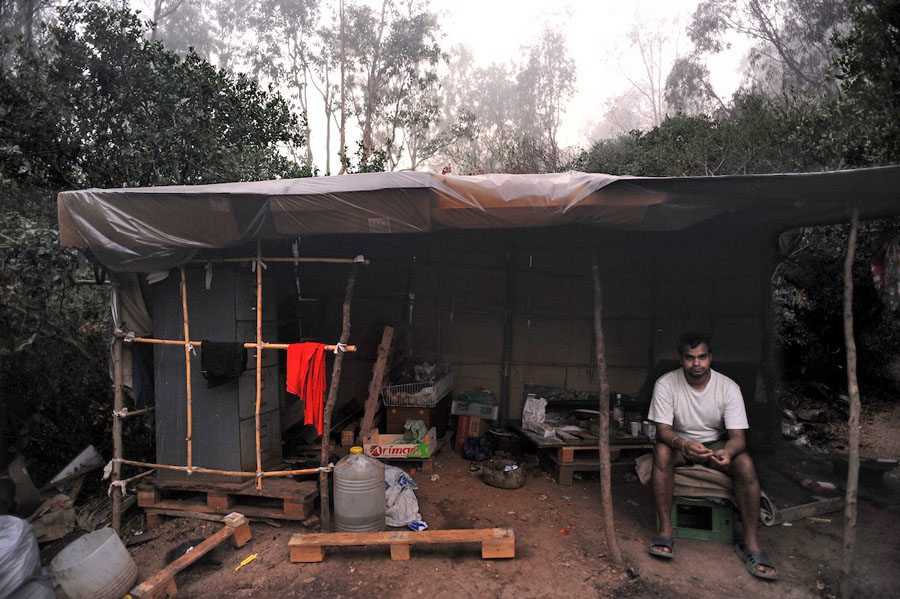
L’enclave spagnola in Marocco per la sua posizione strategica su un tratto di costa privilegiato, fazzoletto di terra iberica nella vastità del continente africano, da decenni è identificata dai migranti come possibile porta d’accesso all’Europa. Giorno dopo giorno, infatti, uomini, donne e bambini provenienti dai più svariati Paesi africani ed asiatici in fuga da guerre, povertà e persecuzioni di ogni tipo attraversano interi Stati per poi provare a varcare la soglia sbarrata di Ceuta, in alternativa al viaggio per mare verso le coste spagnole, italiane, maltesi, greche o cipriote.
The Spanish enclave in Morocco, for its strategic position on a privileged stretch of coast, a scarf of Iberian land in the vastness of the African continent, has been identified for decades by migrants as a possible gateway to Europe. Day after day, in fact, men, women and children from a wide range of African and Asian countries fleeing war, poverty and persecution of all kinds cross entire states and then try to cross the barred threshold of Ceuta, as an alternative to the sea voyage to the Spanish, Italian, Maltese, Greek or Cypriot coasts.

